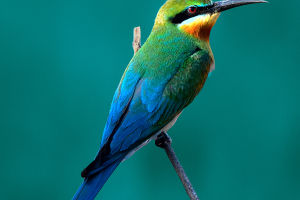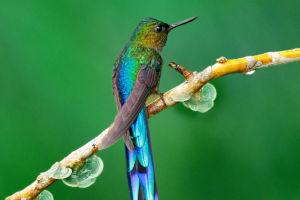The lion, Africa's apex predator, with its majestic presence and powerful stature, epitomizes Africa's wilderness as the continent's apex predator. Recognized as the "king of the savannah," the lion boasts a uniform, large body adorned with a remarkably soft fur coat.
Its medium-length limbs elegantly track across the terrain, each step resonating with the pride of its species. The lion's senses of sight, hearing, and smell are finely tuned, attuned to the rhythms of the African wilderness.
Characterized by a rounded, massive head and a short muzzle, the lion exudes regality in every aspect. Its dental structure, with exceptionally well-developed canine and cleft teeth, speaks volumes of its predatory prowess. Each tooth, adorned with three cusps on the upper cleft and two on the lower, attests to the lion's mastery of its domain. Despite the reduced size of its molars, the lion's crown diameter stands testament to its formidable presence. With forefeet boasting five toes and hindfeet adorned with four, the lion's evolutionary adaptations are a marvel to behold. Sharp, retractable claws and a well-developed tail complete the portrait of Africa's noble monarch.
In the vast expanse of Africa's wilderness, the lion reigns supreme as the continent's apex predator. An adult African male lion, weighing around 240 kg and spanning 2.4 to 3.3 meters in length, commands respect and admiration. Its broad face, long nasal bone, and distinguished black snout underscore its authority. Short, rounded ears add a touch of elegance to its majestic countenance.
Within the intricate social fabric of the savannah, lions thrive, led by related females bound by familial ties. The size of a pride fluctuates, influenced by the availability of prey and the nature of the terrain. Ranging from three to thirty members, each pride operates as a cohesive unit, collaborating to secure sustenance in the vast wilderness. While females undertake the arduous task of hunting, males stand sentinel, safeguarding the pride's territory with unwavering vigilance.
Despite their majestic presence and resilient social structures, lions confront numerous challenges in their natural habitat. Habitat loss, driven by human encroachment, poses a grave threat to their survival. Additionally, the specters of poaching and human-wildlife conflict loom large, casting shadows over the future of lion populations.
In response to these existential threats, conservation organizations have embarked on tireless endeavors to safeguard lion populations. Through initiatives encompassing habitat restoration, anti-poaching patrols, and educational outreach, these organizations strive to raise awareness about the critical importance of lion conservation.
The lion stands as a symbol of Africa's untamed wilderness, embodying strength, resilience, and regality. Its place at the apex of the savannah hierarchy is undisputed, yet its survival hangs in the balance amid mounting human-induced pressures. As stewards of our planet, it is incumbent upon us to rally behind conservation efforts and advocate for the preservation of lion habitats. Only through collective action can we ensure that these magnificent creatures continue to roam the African plains for generations to come.


